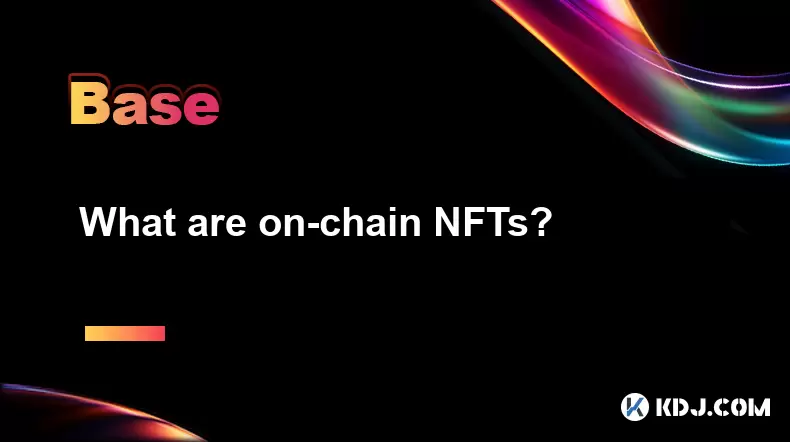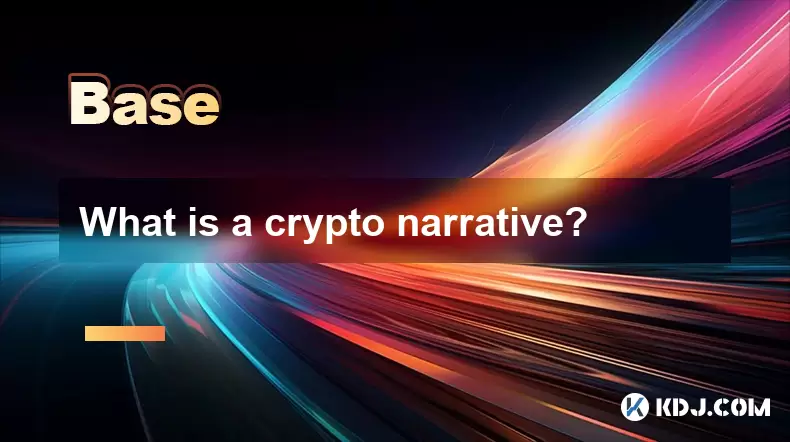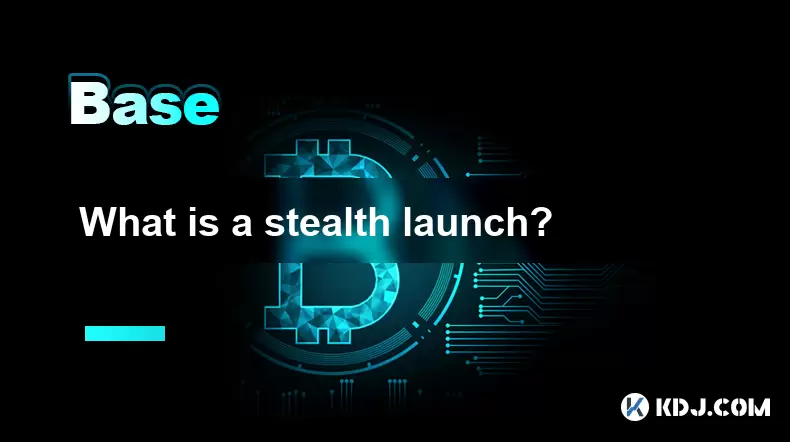-
 Bitcoin
Bitcoin $107,810.8710
-1.45% -
 Ethereum
Ethereum $2,531.4386
-1.75% -
 Tether USDt
Tether USDt $1.0000
-0.03% -
 XRP
XRP $2.2542
-0.99% -
 BNB
BNB $659.1350
-0.50% -
 Solana
Solana $148.5456
-2.40% -
 USDC
USDC $0.9999
-0.02% -
 TRON
TRON $0.2868
-0.44% -
 Dogecoin
Dogecoin $0.1666
-3.65% -
 Cardano
Cardano $0.5751
-2.36% -
 Hyperliquid
Hyperliquid $37.6845
-5.51% -
 Bitcoin Cash
Bitcoin Cash $494.9448
-0.65% -
 Sui
Sui $2.8396
-3.31% -
 Chainlink
Chainlink $13.2423
-2.59% -
 UNUS SED LEO
UNUS SED LEO $9.0482
0.02% -
 Stellar
Stellar $0.2467
-2.44% -
 Avalanche
Avalanche $17.8165
-3.63% -
 Shiba Inu
Shiba Inu $0.0...01158
-2.41% -
 Toncoin
Toncoin $2.7397
-3.42% -
 Hedera
Hedera $0.1560
-2.73% -
 Litecoin
Litecoin $85.8559
-2.34% -
 Monero
Monero $315.3710
-2.30% -
 Dai
Dai $1.0001
0.00% -
 Polkadot
Polkadot $3.3443
-2.03% -
 Ethena USDe
Ethena USDe $1.0001
0.01% -
 Bitget Token
Bitget Token $4.2888
-3.73% -
 Uniswap
Uniswap $7.3388
-1.57% -
 Aave
Aave $278.2986
-3.05% -
 Pepe
Pepe $0.0...09807
-3.67% -
 Pi
Pi $0.4563
-2.39%
What are on-chain NFTs?
On-chain NFTs store all data directly on the blockchain, ensuring immutability, transparency, and long-term preservation of digital assets.
Jul 08, 2025 at 07:28 am

Understanding the Concept of On-Chain NFTs
On-chain NFTs refer to non-fungible tokens that are entirely stored on a blockchain. Unlike off-chain or semi-on-chain NFTs, which may store metadata or digital assets externally, on-chain NFTs contain all relevant data—both ownership information and asset files—directly within the blockchain itself. This ensures maximum transparency, immutability, and decentralization.
Because they are fully embedded in the blockchain, these NFTs cannot be altered or deleted once minted. This permanence is one of the core advantages of on-chain NFTs, especially for creators and collectors who prioritize long-term digital preservation and authenticity verification.
How Are On-Chain NFTs Structured?
The structure of an on-chain NFT involves multiple layers of blockchain integration:
- Smart Contracts: These govern the rules of the NFT, including transferability, royalties, and access rights.
- Token Metadata: This includes attributes like name, description, and properties, all encoded directly into the blockchain.
- Digital Asset Storage: The actual image, video, audio, or 3D model is stored as part of the token’s data on-chain.
Each of these components resides permanently on the blockchain, eliminating dependency on external servers or centralized storage solutions like IPFS or cloud services. This makes on-chain NFTs highly resistant to data loss or manipulation.
Why Choose On-Chain NFTs Over Off-Chain Alternatives?
Many NFT platforms use off-chain storage for efficiency reasons, but this approach introduces risks such as broken links, censorship, and data tampering. In contrast, on-chain NFTs offer several distinct benefits:
- Data Integrity: Since everything is stored on the blockchain, there's no risk of missing or corrupted metadata.
- Censorship Resistance: No third party can remove or alter the NFT content after it's deployed.
- Long-Term Accessibility: Even if the original platform hosting the NFT disappears, the NFT remains accessible through the blockchain explorer.
These features make on-chain NFTs ideal for high-value collectibles, generative art, and critical digital certificates where permanence and trust are essential.
Minting an On-Chain NFT: A Step-by-Step Guide
Creating an on-chain NFT requires careful planning and technical execution. Below is a detailed walkthrough:
- Choose a Blockchain Platform: Ethereum is the most popular, but other blockchains like Solana, Tezos, or Polygon also support on-chain NFTs.
- Prepare Your Digital File: Convert your image, video, or audio into a format suitable for on-chain storage (e.g., SVG, PNG, or JSON).
- Encode the File into Base64 or Hex: Use tools like
base64encode.orgor custom scripts to convert the file into a string compatible with smart contracts. - Write or Modify a Smart Contract: Utilize Solidity or another language to create a contract that embeds the encoded data directly into the tokenURI function.
- Deploy the Contract: Use Remix IDE or Hardhat to deploy the contract to your chosen network.
- Mint the NFT: Interact with the contract to generate the token and assign it to a wallet address.
Each step must be executed precisely to ensure the NFT functions correctly and remains immutable. Mistakes during deployment can result in lost or inaccessible tokens.
Use Cases and Examples of On-Chain NFTs
On-chain NFTs have found particular relevance in specific niches within the crypto ecosystem:
- Generative Art Projects: Platforms like CryptoPunks and Hashmasks utilize on-chain logic to generate unique images from layered components.
- Decentralized Identity: Some identity verification systems leverage on-chain NFTs to issue tamper-proof credentials.
- Game Items: Certain blockchain games embed weapon skins, character traits, or abilities directly into NFTs for secure, decentralized ownership.
These applications demonstrate how on-chain NFTs provide superior security and autonomy compared to their off-chain counterparts, making them particularly appealing for developers building truly decentralized applications.
Frequently Asked Questions About On-Chain NFTs
What happens if I lose access to the wallet containing my on-chain NFT?
If you lose access to the private keys of the wallet holding your on-chain NFT, you will permanently lose control over the token, just like with any other cryptocurrency asset. There is no central authority to recover lost keys or reassign ownership.
Can I update or edit an on-chain NFT after minting?
No. Once an on-chain NFT is deployed to the blockchain, its data becomes immutable. Any changes require redeploying a new contract and minting a new token.
Are on-chain NFTs more expensive to mint than off-chain ones?
Yes. Storing large amounts of data on-chain increases gas fees due to higher computational requirements. Minting costs can be significantly higher, especially on networks like Ethereum.
Do all blockchains support on-chain NFTs equally?
No. While many blockchains support NFTs, not all are optimized for storing large data sets on-chain. Ethereum, Solana, and Tezos are among the more capable chains, but each has limitations regarding storage size and cost.
Disclaimer:info@kdj.com
The information provided is not trading advice. kdj.com does not assume any responsibility for any investments made based on the information provided in this article. Cryptocurrencies are highly volatile and it is highly recommended that you invest with caution after thorough research!
If you believe that the content used on this website infringes your copyright, please contact us immediately (info@kdj.com) and we will delete it promptly.
- Bitcoin's Bullish Volatility: Traders Bet on a Q3 Surge
- 2025-07-08 13:10:12
- Meme Coins 2025: Presale Surge and ETF Hopes?
- 2025-07-08 12:30:11
- Gate.io, Pump.fun, and the Mysterious Token Sale: What's the Deal?
- 2025-07-08 12:30:11
- Bitcoin Price Decline: Navigating Support Levels Amid Market Uncertainty
- 2025-07-08 13:15:12
- Pi Coin Price Prediction Today: Is a Breakout Imminent?
- 2025-07-08 12:50:11
- XRP, Breakout, and Altcoins: Navigating the Crypto Rollercoaster
- 2025-07-08 12:50:11
Related knowledge

What is a user-generated content (UGC) NFT platform?
Jul 04,2025 at 01:49pm
Understanding the Concept of a UGC NFT PlatformA user-generated content (UGC) NFT platform is a digital marketplace or ecosystem where users can create, mint, and trade non-fungible tokens (NFTs) that represent ownership of original digital content they produce. Unlike traditional NFT platforms where creators often include professional artists or develo...

What is composability in DeFi?
Jul 06,2025 at 04:07pm
Understanding the Concept of Composability in DeFiComposability in DeFi refers to the ability of decentralized finance protocols and smart contracts to interact seamlessly with one another, much like building blocks that can be combined in various ways to create new financial products and services. This concept is a core innovation within the DeFi ecosy...

What is a "crypto primitive"?
Jul 05,2025 at 10:14pm
Defining the Concept of a Crypto PrimitiveIn the context of blockchain and cryptocurrency, a crypto primitive refers to a fundamental building block or foundational element used in constructing decentralized systems and cryptographic protocols. These primitives are essential for enabling secure transactions, consensus mechanisms, and smart contract exec...

What is a crypto narrative?
Jul 07,2025 at 10:56pm
Defining the Concept of a Crypto NarrativeA crypto narrative refers to the overarching story or theme that drives interest, investment, and development within a particular segment of the cryptocurrency market. Unlike traditional financial assets, cryptocurrencies often gain momentum not solely based on technical merits but through compelling narratives ...

What is a stealth launch?
Jul 08,2025 at 06:42am
What Exactly Defines a Stealth Launch in Cryptocurrency?A stealth launch refers to the practice of launching a cryptocurrency project without prior public announcement or marketing efforts. This method is often used by development teams who prefer to keep their project under wraps until it reaches a certain level of maturity, adoption, or liquidity. Unl...

What is a fair launch?
Jul 05,2025 at 07:31pm
Understanding the Concept of a Fair LaunchA fair launch refers to the release of a cryptocurrency or blockchain project in a manner that ensures equal opportunity for all participants. Unlike traditional token launches, which may involve private sales, venture capital funding, or pre-mining, a fair launch emphasizes transparency and decentralization. In...

What is a user-generated content (UGC) NFT platform?
Jul 04,2025 at 01:49pm
Understanding the Concept of a UGC NFT PlatformA user-generated content (UGC) NFT platform is a digital marketplace or ecosystem where users can create, mint, and trade non-fungible tokens (NFTs) that represent ownership of original digital content they produce. Unlike traditional NFT platforms where creators often include professional artists or develo...

What is composability in DeFi?
Jul 06,2025 at 04:07pm
Understanding the Concept of Composability in DeFiComposability in DeFi refers to the ability of decentralized finance protocols and smart contracts to interact seamlessly with one another, much like building blocks that can be combined in various ways to create new financial products and services. This concept is a core innovation within the DeFi ecosy...

What is a "crypto primitive"?
Jul 05,2025 at 10:14pm
Defining the Concept of a Crypto PrimitiveIn the context of blockchain and cryptocurrency, a crypto primitive refers to a fundamental building block or foundational element used in constructing decentralized systems and cryptographic protocols. These primitives are essential for enabling secure transactions, consensus mechanisms, and smart contract exec...

What is a crypto narrative?
Jul 07,2025 at 10:56pm
Defining the Concept of a Crypto NarrativeA crypto narrative refers to the overarching story or theme that drives interest, investment, and development within a particular segment of the cryptocurrency market. Unlike traditional financial assets, cryptocurrencies often gain momentum not solely based on technical merits but through compelling narratives ...

What is a stealth launch?
Jul 08,2025 at 06:42am
What Exactly Defines a Stealth Launch in Cryptocurrency?A stealth launch refers to the practice of launching a cryptocurrency project without prior public announcement or marketing efforts. This method is often used by development teams who prefer to keep their project under wraps until it reaches a certain level of maturity, adoption, or liquidity. Unl...

What is a fair launch?
Jul 05,2025 at 07:31pm
Understanding the Concept of a Fair LaunchA fair launch refers to the release of a cryptocurrency or blockchain project in a manner that ensures equal opportunity for all participants. Unlike traditional token launches, which may involve private sales, venture capital funding, or pre-mining, a fair launch emphasizes transparency and decentralization. In...
See all articles

























































































